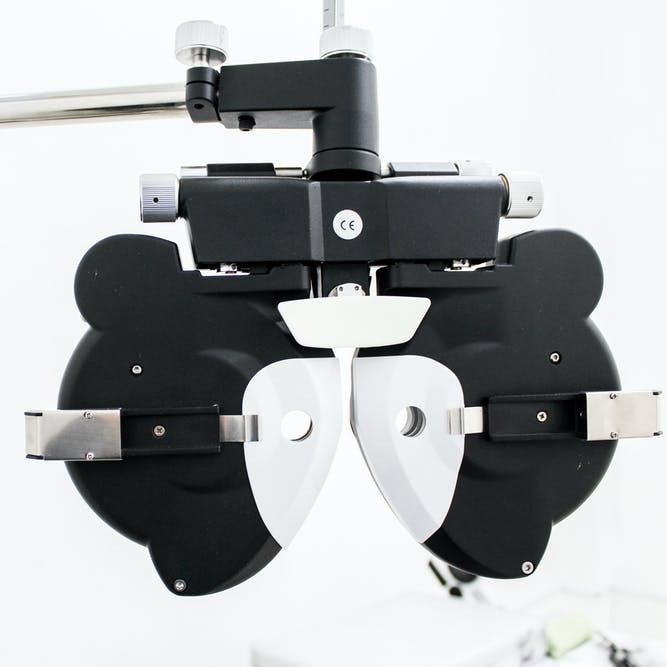Article
Presence of Glaucoma, Ocular Hypertension Associated with Higher Risk of Diabetic Retinopathy
Author(s):
People with diabetes were 11% more likely to develop glaucoma and/or OHT, and individuals with glaucoma and/or OHT were 12% more likely to develop diabetic retinopathy.

A national cohort study in Denmark investigated the prospective link between diabetic retinopathy (DR), glaucoma and/or ocular hypertension (OHT), as previous studies have presented the potential for a cross-sectional association.
The current data show people with diabetes were associated with a slightly higher risk of upcoming glaucoma and/or OHT and inversely, the presence of OHT predicted a higher risk of incident DR. This research suggests, however, that the present data does not seem to justify including glaucoma evaluation in the national Danish DR-screening program.
“We cannot say whether the association can be explained by shared pathophysiological pathways or draw any conclusions about whether persons with diabetes, glaucoma and/or OHT receive intensified screening and care,” wrote study author Signe Sperling, Department of Ophthalmology, Odense University Hospital.
Prior meta-analyses have demonstrated an increased risk of glaucoma in patients with diabetes, but the included studies were primarily cross-sectional. Only a few studies have assessed the association between DR and glaucoma, according to investigators. Thus, from a clinical perspective, it is relevant to know whether DR, glaucoma, and/or OHT predict each other in order to consider weather screening for glaucoma and/or OHT should be included in DR screening, or if DR screening should be intensified in diabetes patients with glaucoma and/or OHT.
Using longitudinal data from more than a million people, the study aimed to investigate if DR, glaucoma and/or OHT are longitudinally linked in a national cohort of patients screened for DR. Data were extracted from national registers, including the Danish Registry of Diabetic Retinopathy (DiaBase), the Danish National Patient Register, the Danish National Prescription Registry, and the Danish Civil Registration System.
The level of DR was defined by the highest DR level of a patient’s two eyes. Investigators retrieve data from DiaBase from 2013 to 2018, resulting in data from 205,970 cases and 1,003,170 matched non-diabetes controls. Exposures were considered level-specific DR and glaucoma and/or OHT and outcomes were the hazard ratios (HRs) for 5-years incident glaucoma and/or OHT and DR.
Cases at the index date were reported 56.6% male, the median age was 65.7 years, and 74.4% had type 2 diabetes. At the same time, glaucoma and/or OHT was present in 4.7% (n = 9773) of cases and 3,3% (n = 32,763) of controls. When comparing cases, investigators observed those with glaucoma and/or OHT were more likely to have longer duration of diabetes and have higher levels of DR.
After exclusions of those with glaucoma and/or OHT at index date, data were collected for a total of 658,843 person-years for cases (n = 196,197) and 3,216,921 person-years for controls (n = 970,407).
When compared to controls, cases had an excess risk to develop glaucoma and/or OHT over 5 years in all models (multivariable adjusted HR, 1.11; 95% CI, 1.06 - 1.15). However, investigators did not find statistically significant results for each DR level.
In only people with diabetes, but without DR, those with glaucoma and/or OHT at the index date had an increased risk of 5-year incident DR (multivariable adjusted HR, 1.12; 95% CI, 1.03 - 1.23). People with diabetes were additionally 33% more likely to have glaucoma and/or OHT with the highest prevalence in those with DR.
The study, “Bidirectional 5-year risks of diabetic retinopathy, glaucoma and/or ocular hypertension: Results from a national screening programme,” was published in Acta Ophthalmologica.




